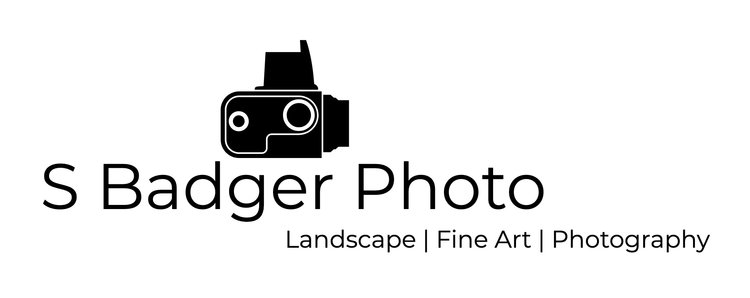October, 2016
Now I'm off for the Holidays, I have some time to catch up on processing some exposed film. In the past, I've developed black/white and color negative at home, but I've never actually developed slide film before. The process involves different chemistry and is overall a little more difficult than developing other film types.
This whole process of taking/developing/scanning these photos were full of firsts. I never tried macro shots with medium format before, and I was shooting with a discontinued film that expired in 1995. This film is called Kodak Ektachrome 64 and I thought it would be a good opportunity to test it on some fall leaves since it's been expired for so long I didn't know what to expect.
My setup:
Hasselblad 500c | 150mm F4 T* lens | 55mm extension tube. (Shot in October, 2016)
I don't have a macro lens for medium format, this is where the extension tube comes into play. Rather than buying a macro lens, the extension tube permits a standard lens to focus closer. In fact, with this combination my 150mm lens will focus even closer than a macro lens would have.
Shot in October 2016.
Hasselblad 500c | Sonnar 150mm F/4 T* | 55mm Extension Tube | Kodak Ektachrome 64 (expired in 1995). Home developed with Tetenal E-6 kit and scanned with Nikon LS-8000 ED.








